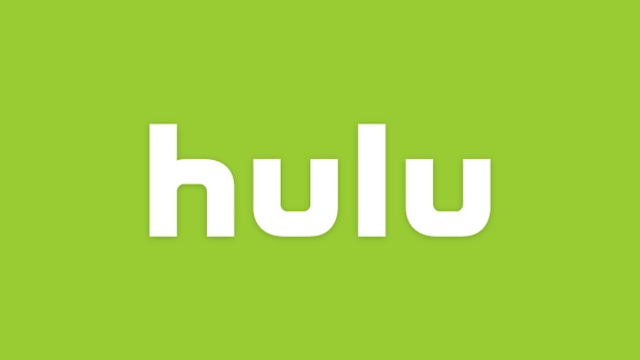Streaming video services, including Hulu and Crackle, are now defining themselves as TV networks to capture some of the $63 billion TV advertising market, still much more lucrative than Web video’s $10 billion in annual sales. Rather than differentiate themselves from cable and network TV by emphasizing their millennial viewers, these streaming video companies are focusing on the ways they are similar to traditional media outlets, even changing their events from “NewFronts” to “Upfronts,” the moniker used by TV outlets. Meanwhile, ad buyers are losing interest in MCNs.
Bloomberg notes that, according to the Interactive Advertising Bureau, “advertisers have more than doubled their investment in original Web video in the past two years.” Previously reported, Magna Global, an ad buyer for Coca-Cola and Johnson & Johnson among other big companies, is shifting $250 million from TV to YouTube.
Crackle also inked a deal to be carried on Comcast’s set-top boxes and hired Moat to verify that ads are actually being watched. “We are a TV network,” said Crackle general manager Eric Berger.
The rise of connected devices and smart TVs also means that streaming services are more likely to be watched on an actual TV set; Hulu reports that about 70 percent of its streams are being watched that way, up from 50 percent in 2014.
“Our strength is that we’re TV,” said Hulu head of ad sales Peter Naylor. “I’m competing with broadcasting and cable for transactions in the marketplace.”
YouTube is looking to the TV set; with Google executive Tara Walpert Levy noting that has become a priority. “Video will be 90 percent of global Internet traffic by 2019, and the consumption of digital video will happen through connected TVs and devices that power them,” she said.
At the same time, multichannel networks (MCNs), which The Wall Street Journal dubs “the high-flying collectives of Web video talent,” are starting to see ad buyers pull away. Noting that, “it used to be that MCNs were the only practical way to coordinate a campaign with multiple influencers; networks like Maker, for instance, have access to more than 60,000 globally.” But, says WSJ, “as more marketers gain experience working with digital influencers, some are opting to work with this talent directly.”
The buzz that MCNs such as Maker Studios, Fullscreen, and StyleHaul once garnered has faded, even as these companies “evolved into part talent agencies and part production firms for YouTube stars, eventually branching out to platforms beyond the Google-owned video site.”
“If MCN’s are looking to grow revenue from direct deals, they might have a tough time,” said Media Storm chief digital officer Charlie Fiordalis. “Direct deals involving content creation can require a significant investment in resources while a programmatic content alignment strategy can generate similar results with less risk.”
Media buying firm Horizon Media’s chief digital officer Donald Williams says ad buyers are experiencing “a little bit of a hangover going into the NewFronts this year,” with brands wanting to maximize spending and reach new people. “The reason MCNs were interesting is that they allowed for a more authentic voice for marketers [in the YouTube influencer ecosystem],” he said. “Now there are more and more ways to do that. Their role is more narrow.”


No Comments Yet
You can be the first to comment!
Sorry, comments for this entry are closed at this time.